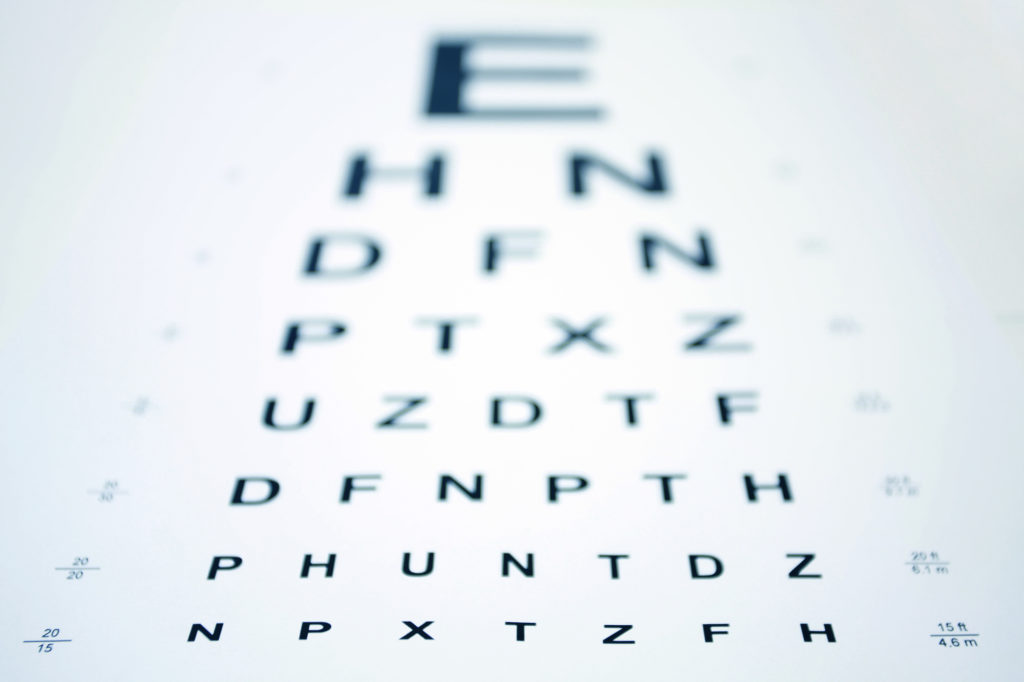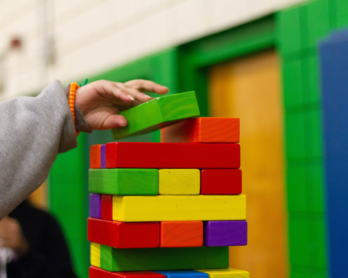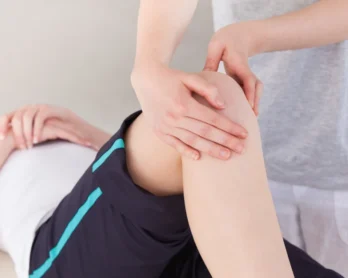No one wants to find out that their vision is declining, but there are some signs you just can’t ignore. Here’s how to know if you need glasses or contacts.
According to The Vision Council research, nearly 3 out of every 4 adults in the U.S. wear some type of vision correction. That’s 188.7 million Americans.
About 159.2 million American adults wear prescription glasses while 22-25 million adolescents under 18 wear glasses. The number of people who wear corrective eyewear continues to rise: From 2014 to 2015, the number of people wearing glasses increased by 2.8 million.
Do you find yourself squinting often? Do you think you need eyeglasses or contacts but you’re not sure?
Don’t want to read between the lines? Here’s how to know if you need glasses or contacts. Read on to learn the most common signs and symptoms.
Common Vision Problems
As we get older, our vision changes. Some of these changes can be normal. However, some changes could mean that you need a trip to the eye doctor.
The following are the most common vision problems.
Farsightedness
Do you find that you have trouble when reading or on your computer screen? Do you have to hold things at a distant for your eyes to focus? You might have farsightedness.
Also called hyperopia, farsightedness is when an individual can see things far away just fine, but he or she has trouble seeing objects up close. About 5-10% of the U.S. population has this condition.
A person with farsightedness might squint or strain their eyes in activities such as reading a book or writing a letter.
Nearsightedness
Nearly 30% of the American population experience nearsightedness, or myopia. This condition occurs when a person has trouble seeing objects from a distance.
An individual with myopia may see well up close, but they may struggle to read words on a whiteboard in class or street signs. Myopia occurs when the cornea is curved or the eyeball is too long.
Astigmatism
Astigmatism occurs when a person’s eye isn’t fully round. Because of this, light does not enter the eye evenly. This can make objects look distorted or blurry.
Astigmatism is a common condition. Most people have some form of astigmatism, however, only those with severe astigmatism need corrective glasses or contacts.
Presbyopia
Presbyopia is a sign of aging and results in a person having trouble seeing objects up close. As we get older, our eyes are not as flexible and cannot focus as well on close objects. Presbyopia is why many older people require reading glasses.
How to Know If You Need Glasses or Contacts
Do you think you need glasses or contacts? Read on for the most common symptoms.
Seeing Double or Distorted Objects
If objects look distorted or doubled, or you see shadows around them, this could be a sign that an eye doctor needs to examine your eyes. These may be symptoms of astigmatism.
Having Trouble Seeing at Night
If you are having trouble seeing at night and you’re older, this could be a sign of cataracts. Another symptom is if you see halos of light around objects, like light bulbs or headlights, at night.
If you can’t see well at night, this could also be a symptom of astigmatism or myopia.
Your Parents Wear Glasses or Contacts
If you have any trouble with your vision and your parents wear glasses or contacts, this could increase your chances of needing glasses. Vision troubles can be genetic.
Tired Eyes
Do your eyes feel strained after a long drive or a marathon movie session on your computer? Do you feel like you frequently need to rest your tired eyes?
You could have eye strain. If an eye doctor determines you have eye strain, you may need to wear glasses. While eyestrain isn’t exactly a vision problem, glasses can help relieve your eye fatigue.
Headaches
In addition to tired eyes, do you suffer from constant headaches?
It may surprise you to learn that headaches could also be a sign of vision problems. Your headaches could be caused by tired eyes. This can happen from staring at the same object for too long, such as a computer screen at work.
You Squint When Looking at Faraway Objects
In class do you have to sit up in front to see the board? If you need to get closer to read something, you may have nearsightedness.
If people around you can see faraway objects with ease, this may be another sign that you need to get your eyes checked.
Glasses or Contacts?
If your eye doctor does determine that you need glasses, you will need to decide if you also want to try wearing contacts. Contacts are a great choice for those who play sports or who want to correct their vision without changing their appearance.
According to PerfectLens, which specializes in selling Canadian contact lenses, there are many types of contacts available on the market.
Daily Contacts: You wear these contacts for one day and then throw them away before bed. These types of contacts are the easiest to wear since you don’t need to worry about cleaning them.
Weekly Contacts: You wear these types during the day. At night, you clean them, disinfect them, and then store them in a contact lens case. You throw them away after a week.
Monthly Contacts: These contacts are the same as weekly except you dispose of them after a month.
If you do decide to wear contacts, you should always have a backup pair of glasses to wear. Your eyes might get tired from wearing contacts all day. Or, you might accidentally drop a contact or tear it, especially if you’re a new contact-wearer.
See Your Eye Doctor Regularly
Our final and most important tip for how to know if you need glasses or contacts? Go see an eye doctor and schedule regular eye exams. Only an eye doctor will know for sure if you need eyeglasses.
Want to learn more lifestyle tips? Read our lifestyle blog.













